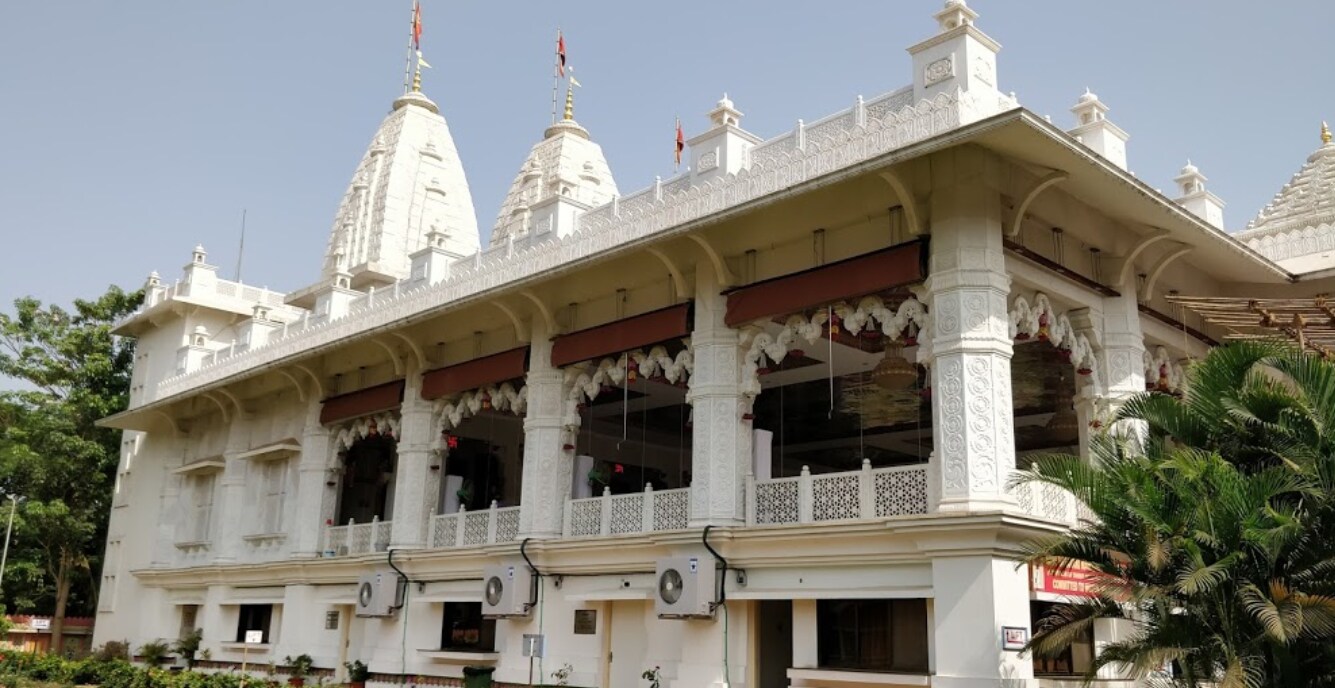About us

Shri Narayani Mata Dham
It was the fortunate and important day of 13 August 1983. Some members of Jalan family had gone to Visit Mr. Sajjanji Tulshan House. After they finished their dinner, and some chit chatting they were about to leave. At that time it started raining heavily. Sajjanji requested Jalans to stay back for some more time. Shri Naresh, Govind, Dwarka and Raju Jalan with the family were chatting. While discussing someone brought the point that there is a big DadiTemple in Hyderabad. We would also love to have Dadi celebratiion in Pune. Shri Naresh Jalan immediately said he would publish about it in newspaper and announce Dadi’s celebration in Pune. With Dadiji’s grace, a nice Dadi celebration started that year in Pune. Some of the initial members formed Seva Samiti and started celebrating Bhadi Amavas program every year. Shri Bajaranglalji Chamediya was President of the Committee.
Story Begins
Finish Line
Sati Mata
History
Finish Line
The king’s son then decides to forcefully acquire the horse and thus challenges Tandan for a combat. However Tandan fights the battle bravely and kills the King’s son instead. The enraged king thus kills Tandan in front of Narayani in the battle. Narayani symbolic to female bravery and power fights with the king and kills him. She then commanded Ranaji (the caretaker of the horse) to make immediate arrangements for her to be set ablaze along with her husband’s cremation. Ranaji playing a vital role in fulfilling her wish to be sati with her husband is then blessed by Narayani that his name will be taken and worshiped along with her name and since then she is known as Rani Sati.
